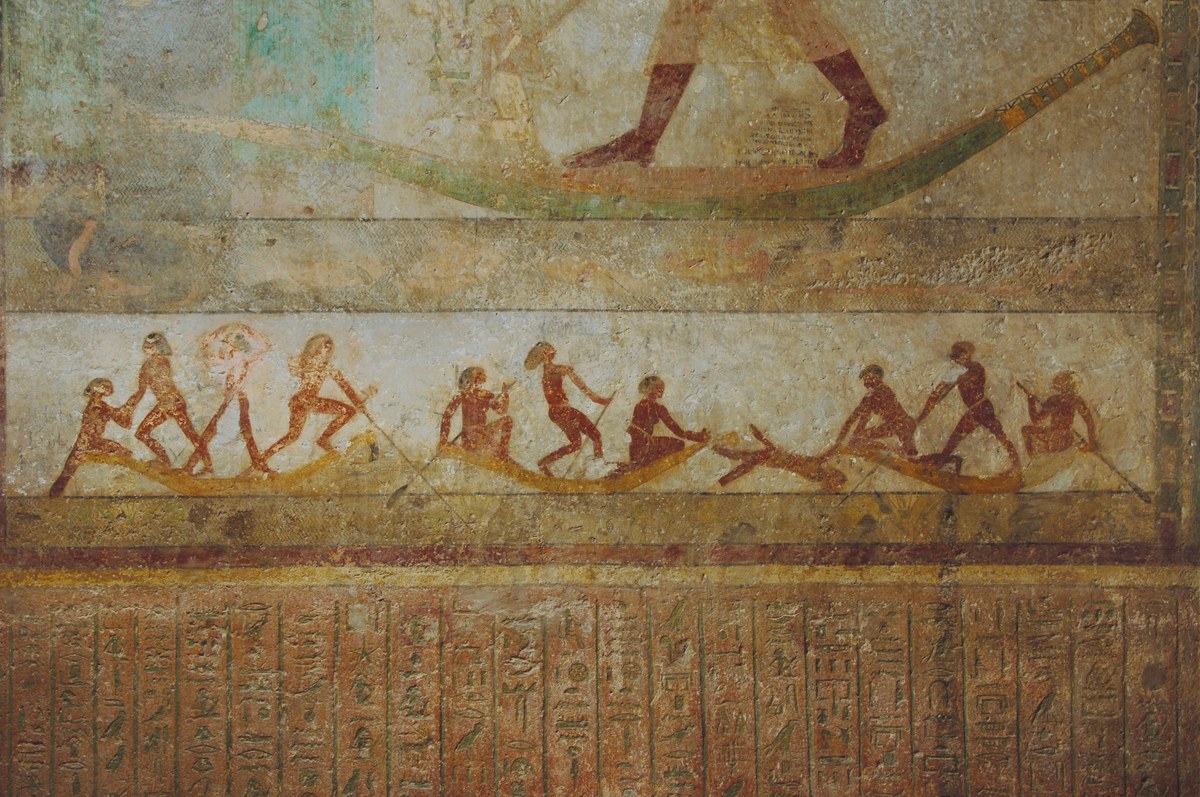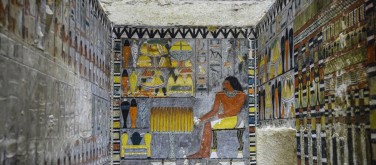If you’ve ever wondered what messages the Ancient Egyptians were trying to convey with their hieroglyphics, Google’s new tool might just be able to help. In celebration of the anniversary of the discovery of the Rosetta Stone, Google Arts and Culture has released a new AI-powered tool, Fabricius, that allows you to decode and translate the ancient symbols and characters into both Arabic and English.
The aim is to raise awareness and preserve the history and traditions of Ancient Egyptian civilization.
“We are very excited to be launching this new tool that can make it easier to access and learn about the rich culture of Ancient Egypt,” said Chance Coughenour, head of preservation at Google Arts and Culture, in an official release.

“For over a decade, Google has been capturing imagery of cultural and historical landmarks across the region, from Egypt, the UAE, Lebanon, Palestine, Tunisia and more, while making it available on Maps, Street View and Google Arts and Culture. Together with our partners, we remain committed to promoting the rich history and heritage of the region, and to make it accessible to everyone.” he added.
The software, which can be accessed for free via the Google Arts and Culture app has three distinct features: “Learn,” “Play” and “Work.”
“Learn” offers language-learning tools such as flash cards and drawing, “Play” lets users translate any message in English or Arabic to hieroglyphics and “Work” allows users to upload photos of real life hieroglyphs from temple walls or artefacts.
arabnews




